Berlin-based designer-entrepreneur Moritz Bannach is happening
Dream Big in Berlin
There's this persistent idea that designers are often a lot like tortured artists—that they live in their own minds rather than the real world; that they aren’t so adept at the business side of their practices. Someone who defies this increasingly passé stereotype is Moritz Bannach. While very much a sensitive creative, he's also a sparkling example of creative contemporary design entrepreneurship.
Moritz greeted me at the end of last year in his Berlin apartment, a calm, orderly, and inspired space that reflects the person who inhabits it. Even his vision board appears well organized. He’s a man with a plan, and, since launching his eponymous brand in 2018, the plan is working. His Abbondio Table won the 2019 German Design Award, and he's been recently nominated for the YoungICONs Award. Although his studio remains, so far, a team of one, he's managing the mounting influx of press and commission requests, even following what sounds like an overwhelmingly successful first year.
There are a wealth of interesting details in Moritz’s apartment—like the dining table piled with interior design magazines divided into two neat categories; those that feature his work and those collected for inspiration. But the most striking element of the space is a fearless but harmonious use of color. He explains that since his youth, his mum, a graphic designer, instilled in him and his sister an intense chromophilia. This comes as no surprise if you're familiar with Moritz's designs.
A number of paintings catch my eye. By the entrance are some unfinished abstracts with bold palettes and gestures, which, he tells me, were produced through a team effort, his mother collaborating with him and his sister when they were young. Another one, my favorite, hung in the bedroom, reminds me of Yves Klein’s Sponge Reliefs in the artist's signature blue hue. It was a painting also co-created by his family when Moritz was eight.
When I ask Moritz's about his many sources of inspiration, he waxes poetic about 20th-century movements like Purism, Memphis, and Modernism. Corroborating evidence is everywhere: the bookmarked tomes dedicated to the work Donald Judd and Josef Albers next to the stacks of magazines; the bookcases filled with monographs on Gerhard Richter, Hella Jongerius, Frank Stella, to name a few.
Aesthetic tendencies aside, Moritz is driven by an undeniable passion to do something great. Just barely in his 30s, he's already plotting his trajectory in order to avoid regrets later in life. "I want to work until I die!," he tells me with a smile. His dream life is supporting himself by doing what he loves.
"I’m not a financial expert, so this whole process started two years ago, when I left my job at Dopo Domani. I started attending seminars about setting up your own business. It was great to be in Berlin during that time, because this city offers a lot of opportunities for people who want to become self employed." After building up his knowledge base, he sought out a business consultant with whom he established a game plan. "Needing to create prototypes meant that I needed to first have some capital, and I had to prove to the bank with detailed business plans that my concept was viable."
I asked Moritz about the advantages of producing in Berlin. "Of course starting the manufacturing process of my tables in Berlin was initially driven by pragmatism, functionality, and logistics. But I see that it was a good idea for a number of reasons. Berlin has a good name internationally, and the city still encourages this growing, modern, and experimental mindset. It has a good atmosphere. I work very closely with the joinery atelier where my pieces are produced, and I’ve learned a lot about what to keep in mind when designing and producing furniture. There’s also something emotional about being there, knowing that my pieces are being made and knowing the people who make it—and I really love the smell of the wood."
Moritz's also acknowledges the pains that can accompany growth. While he's looking forward to launching his next projects, like a collection of marble home accessories, he knows that he will likely not have such a close, family-like relationship with the quarries and stonemasons in Italy. For sure he will keep learning, and it looks like he’s certainly on the right path. We’ll be keeping a close eye!
-
Photos by
-
Ramtin Zanjani
Beyond his role as Pamono’s Head of Photography, Ramtin has honed his keen eye through years of product shoots, art direction, advertising, and documentary work. He doesn’t like to talk about it, but he has some searing photographs available at SaatchiArt.com.
-
-
Text by
-
Emma Lucek
A British-born Pole currently based in Berlin, Emma has a background in research and design. In addition to being Pamono's Design Editor, lately she's been working on critical writing in the fields of art, architecture, and cultural theory, as well as design journalism.
-
More to Love
Elio Dining Table by Moritz Bannach
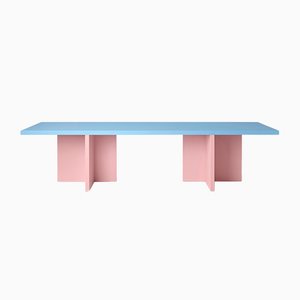
Modesto Dining Table by Moritz Bannach
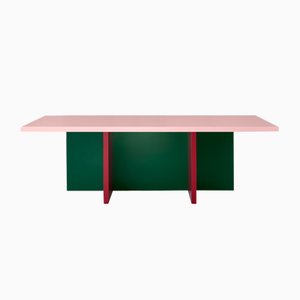
Medium Apilar Lamp by Noa Razer

Large Apilar Pendant Lamp from Studio Noa Razer

Small Apilar Lamp by Noa Razer
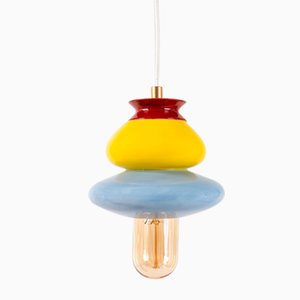
Small Apilar Lamp by Noa Razer

Small Pink Series Apilar Pendant Lamp from Studio Noa Razer
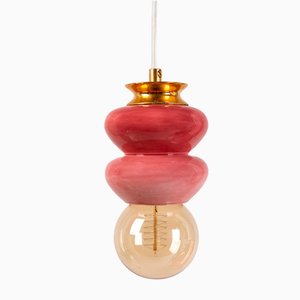
Seed of Life I Hand Woven Rug by Jacqueline James

Hand Dyed and Woven Rug by Jacqueline James

Medium Pink Series Apilar Pendant Lamp from Studio Noa Razer

BOOMERANG Flat Weave Rug by Maria Starling

Maun Windsor Side Chair by Patty Johnson for Mabeo

Blue 4th Armchair with Soft Blue Seat by Almost
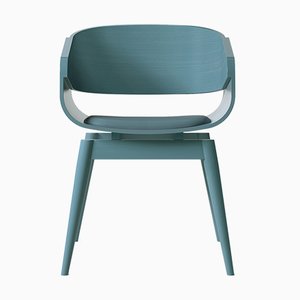
Supa Dining Chair in Color by Mabeo Studio

Maun Windsor Dining Chair in Color by Patty Johnson
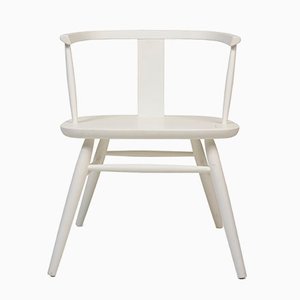
Coral Dedar Fabric Houndstooth Chair from Photoliu

Rauschen Wool & Silk Rug by Jan Kath Design

Hand Dyed and Woven Rug by Jacqueline James



